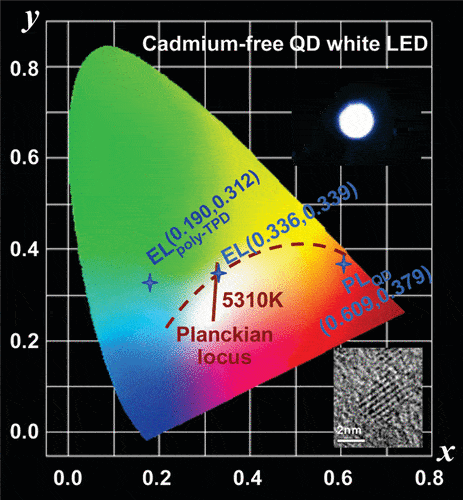The advancements allow integration of QD-based photodetectors into wearable systems for real-time PPG monitoring.
Professor Moon-kee Choi’s team at Ulsan National Institute of Science and Technology (UNIST) and Professor Dae-hyeong Kim’s team at Seoul National University have collaboratively developed an eco-friendly quantum dot photonic sensor. The device has been verified to reliably detect light signals without relying on an external power source, leveraging the photovoltaic effect.
Flexible photodetectors are crucial components in wearable health monitoring systems using photoplethysmography (PPG). The necessity for these detectors includes achieving high detectivity, rapid response times, and an extremely thin form factor to enhance the effectiveness of next-generation wearable PPG systems. Also, enabling self-powered operation without the need for bulky power-supply units holds significance for point-of-care applications.

The ultrathin self-powered photodetectors use heavy-metal-free Cu–In–Se quantum dots (QDs) to facilitate high-performance wearable PPG systems. Despite the ultra-thinness of the light-absorbing QD layer (approximately 40 nm), the resulting photodetectors demonstrate outstanding performance metrics, including specific detectivity of 2.10 × 1012 Jones, a linear dynamic range of 102 dB, and a spectral range of 250–1050 nm at zero bias. This performance level is comparable to that of conventional rigid QD-based photodetectors employing thick Pb-chalcogenide QD layers.
The achievement is credited to a combination of material and device strategies, such as Cu–In–Se QDs, a MoS2-nanosheet-blended poly(3,4-ethylenedioxythiophene):poly(styrenesulfonate) hole transport layer, a ZnO nanoparticle electron transport layer, Ag and ITO electrodes, and an ultrathin form factor (approximately 120 nm excluding the electrodes), ensuring exceptional mechanical deformability.
These advancements allow the successful integration of QD-based photodetectors into wearable systems for real-time PPG monitoring, thereby expanding their potential applications within the realm of mobile bioelectronics.






